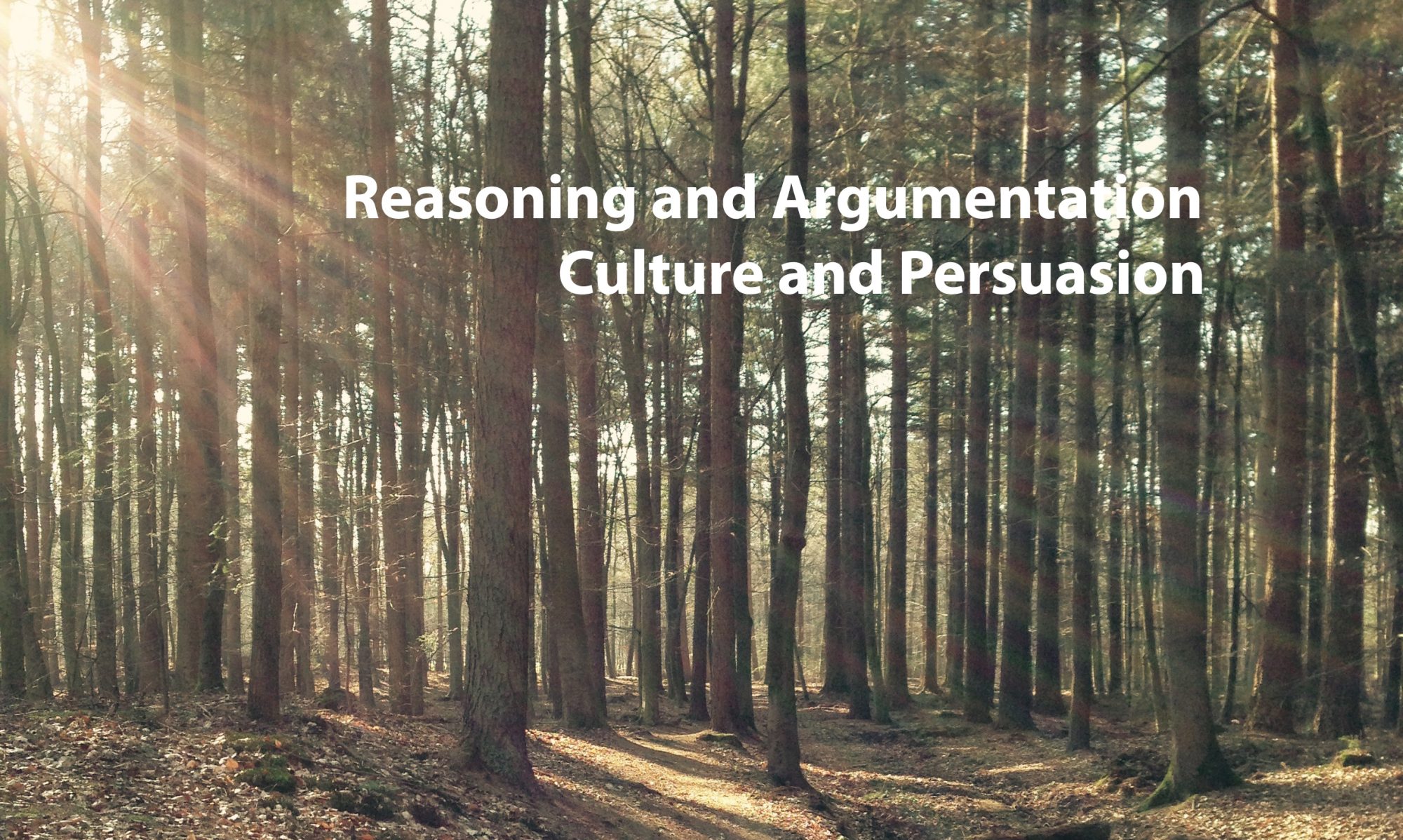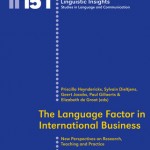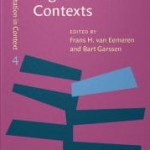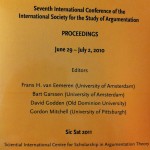 Reclameclaims worden soms versterkt of afgezwakt door markeerders als ‘in alle gevallen’ of ‘in de meeste gevallen’. Bestaand experimenteel onderzoek naar de overtuigingskracht van markeerders laat uiteenlopende resultaten zien. Het huidige onderzoek probeert deze bevinding te verklaren door de perceptie van versterkende en afzwakkende markeerders in isolatie en in een reclamecontext te meten. Proefpersonen (N = 230) kenden een mate van waarschijnlijkheid toe aan beide markeerders in isolatie en in een reclamecontext (ingebed in een productclaim). De markeerders lijken hun doel niet te dienen: op een 100-puntsschaal scoren afzwakkers 64 (isolatie) of 57 (reclamecontext) en versterkers 78 (isolatie) of 70 (reclamecontext). Met deze scores voor markeerders is het niet vreemd dat de overtuigingskracht van productclaims niet toeneemt wanneer markeerders worden toegevoegd. In een reclamecontext waren, zoals verwacht, de waarschijnlijkheidsinschattingen significant lager dan in isolatie.
Reclameclaims worden soms versterkt of afgezwakt door markeerders als ‘in alle gevallen’ of ‘in de meeste gevallen’. Bestaand experimenteel onderzoek naar de overtuigingskracht van markeerders laat uiteenlopende resultaten zien. Het huidige onderzoek probeert deze bevinding te verklaren door de perceptie van versterkende en afzwakkende markeerders in isolatie en in een reclamecontext te meten. Proefpersonen (N = 230) kenden een mate van waarschijnlijkheid toe aan beide markeerders in isolatie en in een reclamecontext (ingebed in een productclaim). De markeerders lijken hun doel niet te dienen: op een 100-puntsschaal scoren afzwakkers 64 (isolatie) of 57 (reclamecontext) en versterkers 78 (isolatie) of 70 (reclamecontext). Met deze scores voor markeerders is het niet vreemd dat de overtuigingskracht van productclaims niet toeneemt wanneer markeerders worden toegevoegd. In een reclamecontext waren, zoals verwacht, de waarschijnlijkheidsinschattingen significant lager dan in isolatie.
- Hornikx, J., & Krommenhoek, N. (2016). De perceptie van afzwakkende en versterkende markeerders in isolatie en in reclamecontext. In D. Van de Mieroop, L. Buysse, R. Coesemans, & P. Gillaerts (Red.), De macht van de taal: Taalbeheersingsonderzoek in Nederland en Vlaanderen (pp. 77-86). Leuven: Acco. [link]



